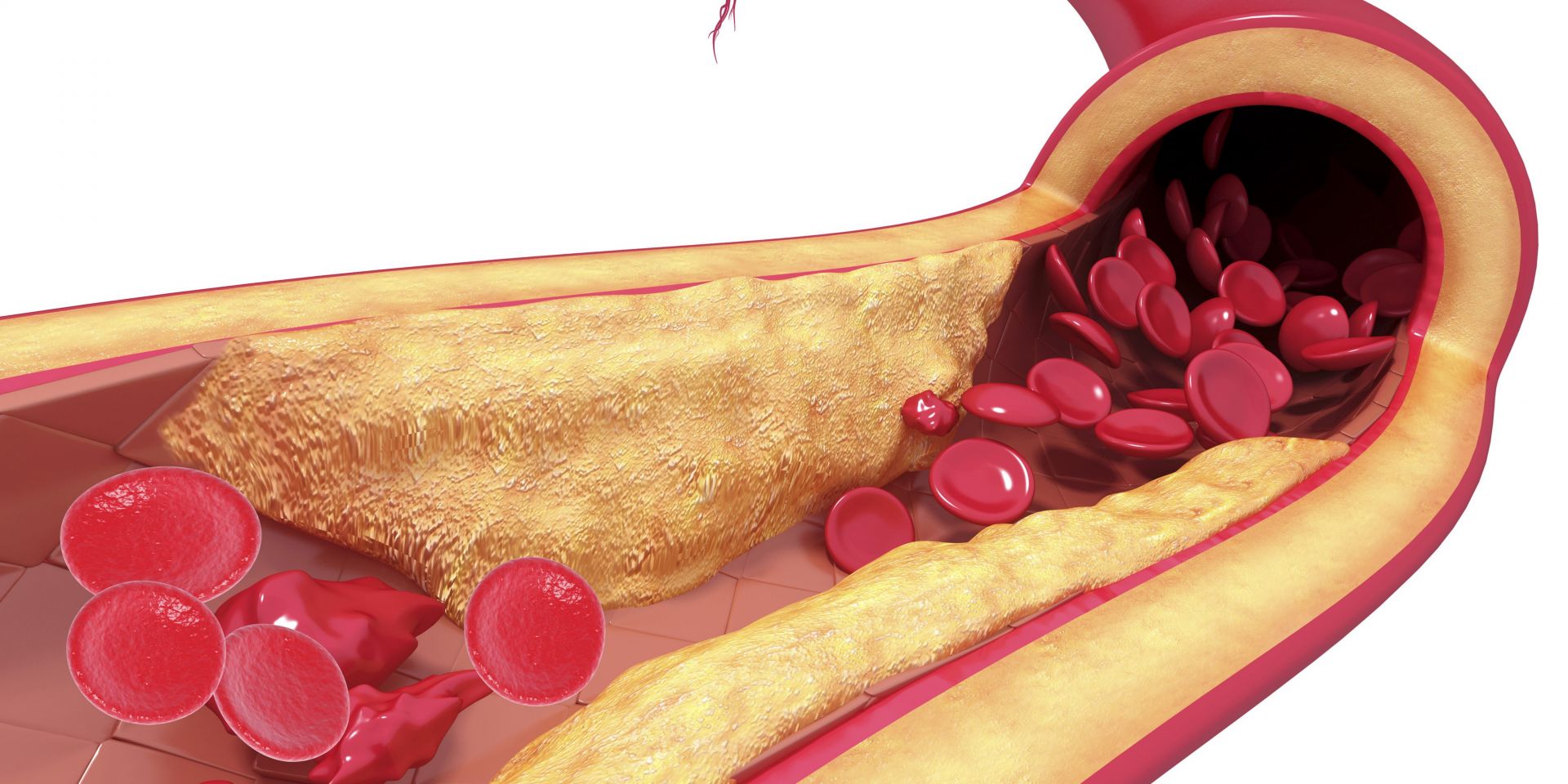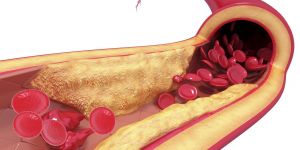How to Lower your Risk of PAD at Home

If left untreated, Peripheral Arterial Disease (PAD) can lead to some pretty serious consequences such as heart attack, stroke, gangrene, and even limb amputation. PAD can also be difficult to diagnose as it is often mistaken for something else.
Health Conditions Related to PAD:
Individuals suffering from PAD can also be afflicted with other health conditions. Coronary Artery Disease (CAD), for example, is the most common type of heart condition. It currently affects over 18 million people. It is similar to PAD as it consists of unhealthy plaque buildup in the arteries, thus limiting narrowing the arteries and limiting blood flow to the heart. The main difference between CAD and PAD is where the two conditions occur. PAD is typically experienced in the lower extremities like the legs, ankles, and feet. On the other hand, CAD occurs around the heart. Heart attack and stroke can also be associated with PAD.
Heart attacks occur in the United States every 40 seconds. This accounts for 805, 000 individuals who have heart attacks every year. One person dies as a direct result of a stroke every 4 minutes in the United States.
Hypertension, or high blood pressure, is another condition that is associated with PAD. This condition is, “the pressure of blood pushing against the walls of your arteries” (CDC, 2021). While blood pressure does typically fluctuate throughout the day, consistently high levels can cause damage to the heart. In fact, in 2019, over half a million deaths in the United States occurred with hypertension being a primary cause.
PAD can create a world of dangerous, and even life-threatening, health problems for individuals who are struggling with their arterial health. With one in five individuals over the age of 60 suffering from PAD, we bet you’re wondering how you can attempt to lower your risk of developing this condition.
Keep reading to learn how to lower your chances of PAD at home.
-
Daily Exercise
Incorporating simple exercises into your daily routine is a great way to regulate blood flow throughout your body. PAD occurs most commonly in the lower extremities- such as our legs, feet, and ankles. A daily walk or jog around your neighborhood is a perfect way to keep your legs moving. Studies have also shown that daily walks lead to stronger bones, improved hypertension management, and reduce the risk of heart disease.
-
Quit Smoking
Smoking increases the amount of plaque buildup in the blood vessels. This is a key contender for PAD development. When arteries are narrowed and weakened due to excessive plaque buildup, proper blood flow decreases in the legs. The chemicals in tobacco also impact the quality of your blood cells. This can increase one’s risk of atherosclerosis (plaque buildup in the arteries), one of leading causes of PAD. Studies show that smoking just half a pack of cigarettes everyday increases a person’s chances of PAD by 50%.
-
A Balanced Diet
A diet low in fats/cholesterol & high in fruits/vegetables helps manage hypertension, which is a leading risk factor for PAD. Try avoiding an excessive consumption of processed foods and unhealthy fats (bacon, chips, sodas, etc.). Incorporating a healthy amount of grains, nuts, and low-fat sources of protein such as fish and skinless chicken not only reduces ones risk of PAD, but also helps to manage other conditions such as diabetes and high cholesterol.
These are three, easy ways you can work to reduce your risk of PAD and a world of other related health conditions, such as hypertension, heart attack, stroke, or coronary artery disease. Taking care of your arteries and veins now can save you a world of pain and discomfort in the future. You can prioritize your overall health and improve the quality of your life with simple exercises, a balanced diet and other health-conscious habits. If you would like to learn more about PAD, call Pedes Orange County today for a consultation with one of our Vascular Specialists at (949) 390-6863!







